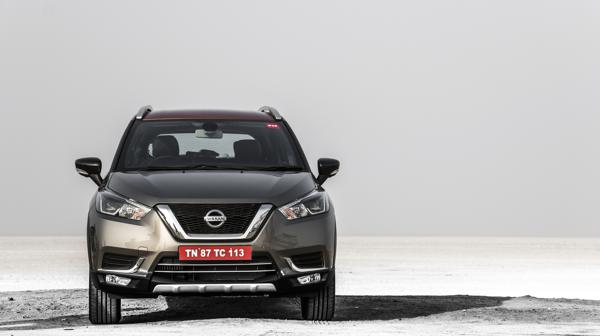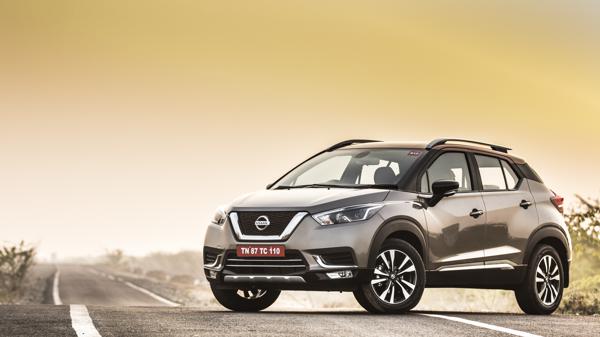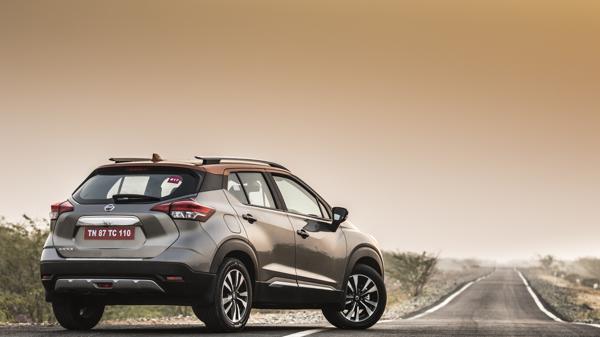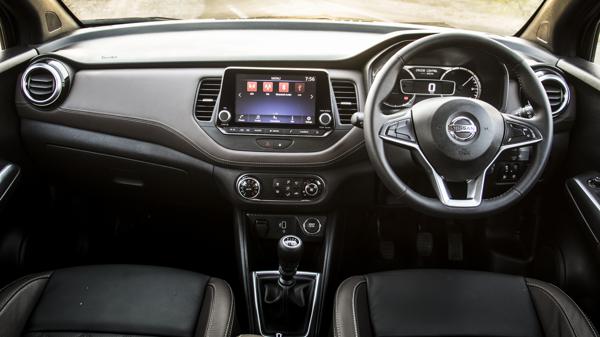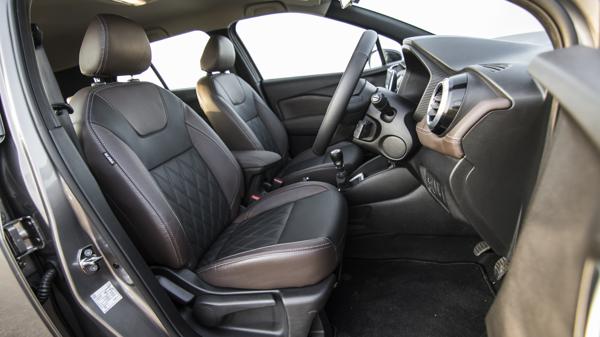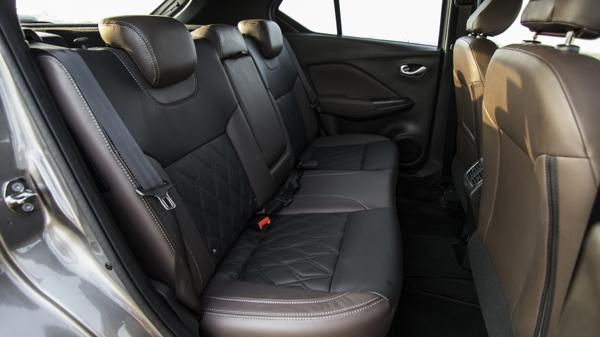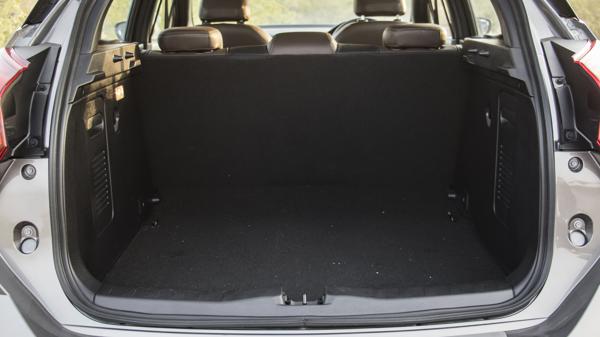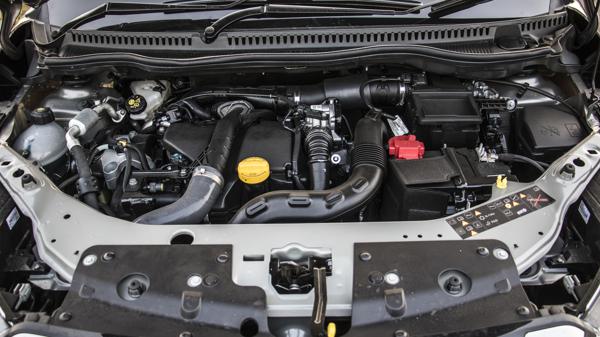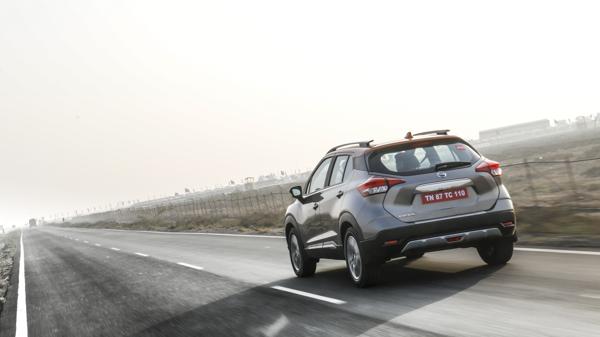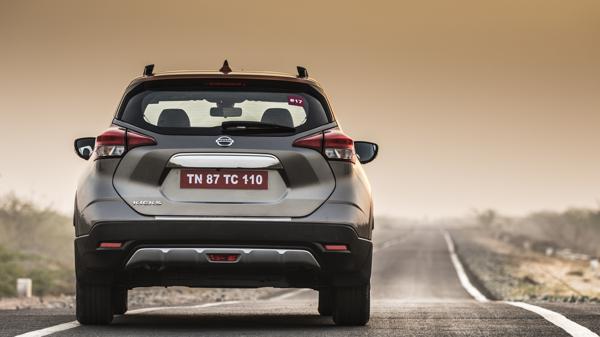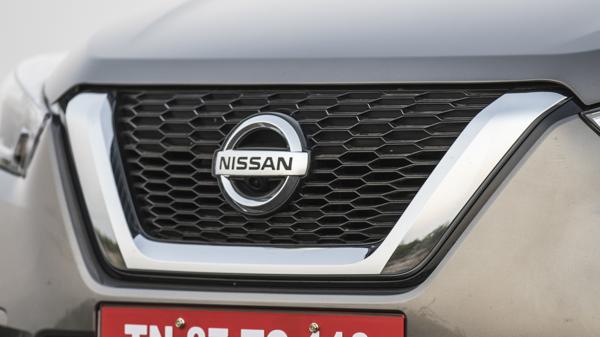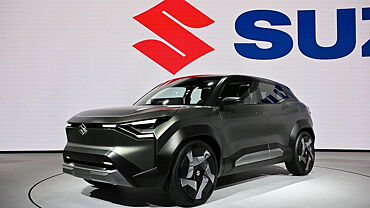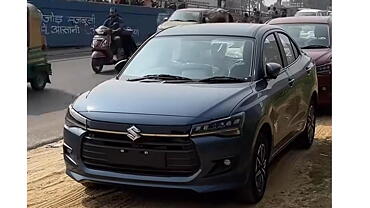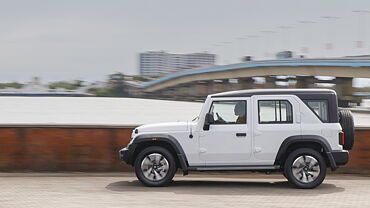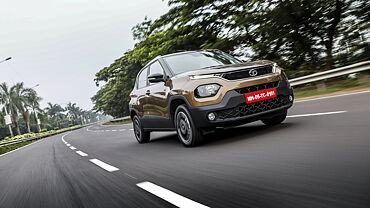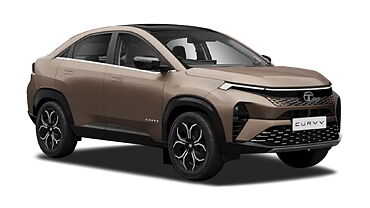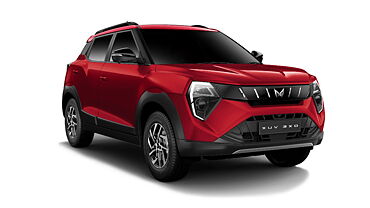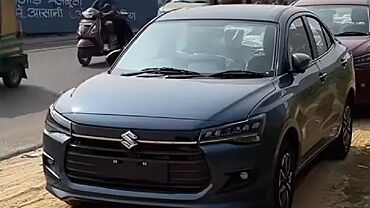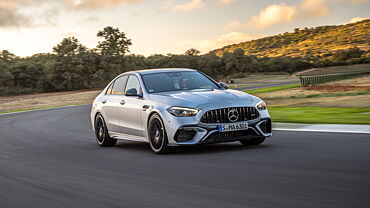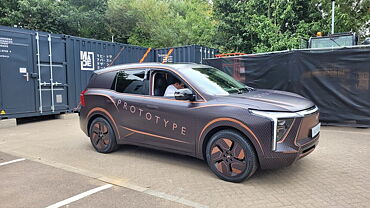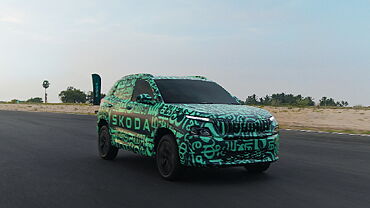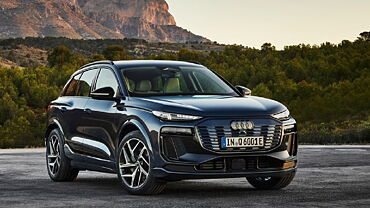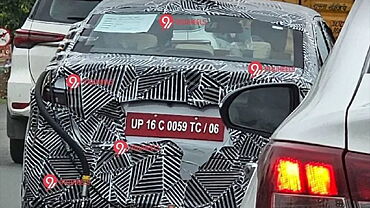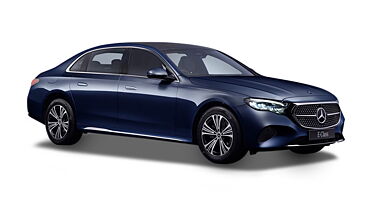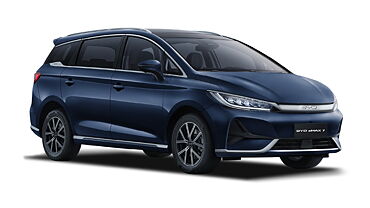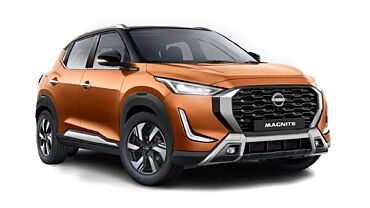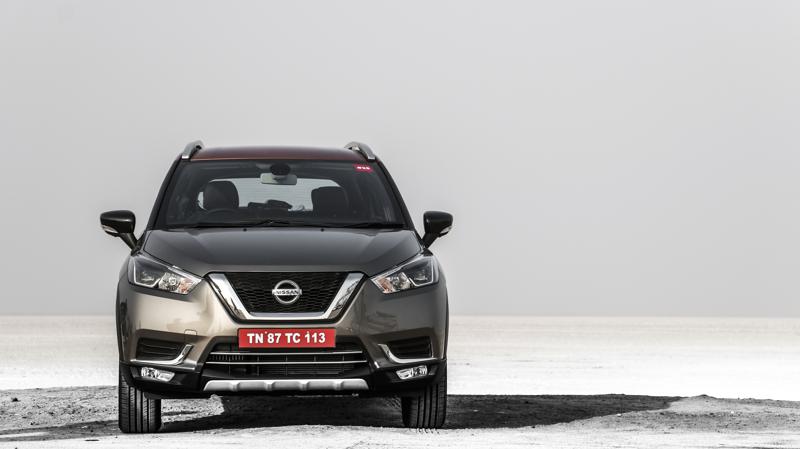
Opening
The much-awaited Nissan Kicks will be the newest player in the fast-growing compact crossover market when it officially goes on sale early next year. Now this segment has experienced record sales in recent times, thanks to cars like the Hyundai Creta, the Maruti Suzuki Brezza and the Ford EcoSport. Even the Renault Duster has made a big impact in this space, however, the same cannot be said for the Nissan Terrano which has always remained inconspicuous. The pressure is dooming, then, on the Kicks but unlike the Terrano which was basically a rebadged Duster, the Kicks is an entirely new product. It’s a crossover built for busy city-dwellers to tackle everything the urban jungle can throw at it.
Developed and tuned in Japan and India, the Kicks is Nissan’s fresh new attempt to recover some lost ground in the challenging crossover segment. You may have read about the UAE-spec Kicks that we recently drove in Dubai. Here’s take two with the real deal.
Appearance Exterior
Let’s talk numbers first. The Kicks is over 4.3 metres long, 1.8 metres wide and 1.65 metres in height, meaning it’s noticeably longer and wider than the Hyundai Creta though not as tall. It’s 2673mm wheelbase, too, is longer than the Hyundai. As for the ground clearance, the Kicks stands tall and above the rest, at 210mm. All in all, it’s looking good so far for but what about the design?
The production version retains the basic design cues taken from the Kicks concept first shown at the 2014 Sao Paulo Motor Show. You will find familiar Nissan design elements like the V-Motion grille, boomerang-style headlights and taillights, and the floating roof with a wrap-around look to the windscreen and side glass. In particular, with the C-pillar ‘hidden’ with a black finish that blends into the tailgate glass, it seems that the floating roof concept has been exaggerated on the Kicks, giving it a unique appearance when viewed from the rear. Speaking of the rear, it is the best part of the Kicks’ design as the extremely raked tailgate and the sharply-designed, wraparound taillights are something that are new to this segment. For the India-spec model, Nissan has tinkered with a few things – unlike the Kicks that is sold overseas, the door sills on this car are actually part of the doors. Nissan says this redesign makes it easier to get in and out with traditional clothes.
All in all, the Kicks is a fairly good looking crossover. It’s not as flamboyant or in-your-face as the Ecosport but then it’s not as simple looking as the Creta either. Being the longest and widest in its class, the Kicks has plenty of road presence as well, which is a big plus in this segment.
Appearance Interior
It may not be as good looking as the exterior, but the cabin of the new Kicks is still modern and surprisingly spacious. Unlike most modern cars that seem to cram a lot of materials and switchgear on to their dashboard, the Kicks’ dash is clean and straightforward. We especially like the simplicity of the centre console and the climate control panel. As for the quality, it’s a mixed bag in here. For starters, the middle part of the dash, door armrests and the middle armrest is covered in soft touch materials which lend a premium feel to the cabin. That being said, there are also shiny hard plastics on the door pads and the lower half of the dash. What affects the overall ambience further are the sheer number of old-design parts shared with existing Renault-Nissan products. The climate control panel, steering column mounted audio controls, cruise control switch and the window switches all come from the Duster and the Captur.
Thankfully, the Kicks gets an entirely new infotainment system that comes with a slick 8-inch display. The floating screen, in fact, is of high quality and the touch response is great as well. It’s also the most loaded in this segment – you get smartphone mirroring tech, Apple CarPlay, Android Auto and built-in navigation. That said, our favourite feature is the surround camera view which uses four cameras to present a 360-degree view of the car. It’s something unheard of in this segment and indeed, makes for a useful feature on every drive. The top-spec variant also gets LED projector headlights, functional roof rails with 100kg capacity, leather seats, climate control standard, height adjustable driver’s seat and twin parcel shelf. In terms of safety, the Kicks comes with four airbags, ABS, EBD and speed sensing door locks as standard.
As for space and comfort, the dashboard is set slightly high, however, there is a kink on the window line which improves sideward visibility. The front seats are snug and just about the right size, offering enough back and knee support. They also helped us to limit fatigue over a full day of driving. The second row, meanwhile, is equally supportive with a bench that offers adequate thigh support and a nicely contoured backrest. Cavernous it’s not, but the Kicks’ rear is good enough for two occupants in total comfort – there are also AC vents and an armrest at the back for a more soothing ambience. The 400-litre boot capacity is good for this segment. Better still, the loading area is fully flat and squared out, meaning it’s easier to stuff heavy items.
Performance Drive
On the road, the Kicks can be best described as ‘comfortable’. Nissan has continued with the tried and tested 1.5-litre K9K diesel motor. That being said, there is a vast difference in the way the Kicks and the Captur/Duster behave on the road.
The Kicks and the Captur share the same engine which makes 110bhp/240Nm, but the level of refinement on the move is much higher. The Kicks is significantly quieter thanks to better insulation and a less noisy motor – one can hardly hear the diesel clatter once the windows are up. What’s more, this new offering also accelerates in a more linear manner than the Captur when the motor is on boost. For those who are wondering, there is still turbo lag under 2,000rpm, post which the Kicks pulls strongly till 4,000rpm. There’s more than enough torque in the midrange to propel the Kicks through traffic without ever feeling like it needs to be worked too hard. To our surprise, even the clutch feel is different – it’s more precise and not too heavy. Speaking of the clutch, it’s paired to a slick-shifting 6-speed manual gearbox that offers positive throws. The only downside, as we see it, is the lack of an automatic option.
We tested the Kicks on the fairly smooth inner roads and highways of Gujarat, and will have to wait to test out its plushness on really bad roads. Nonetheless, we did take it over some rough, dusty patches and the Kicks managed to hover across ruts and small potholes without unsettling itself. Yes, it is slightly stiff compared to other crossovers but the trade-off to this is better high speed poise when driving over undulated roads. Perhaps the most impressive bit is the way it rebounds quickly from any sharp bump you might encounter, regaining composure almost immediately. Unfortunately, the Kicks also suffers from the high speed steering judder that’s present in the Captur and the Duster. When taking corners at high speeds, the steering judders quite a bit, something that could be unnerving for some drivers.
Conclusion
All in all, the Kicks is quite an interesting proposition. It’s the longest and widest in its class and it’s not just the proportions that Nissan seems to have gotten on point. The Kicks looks the part, too, without appearing overdone. The real question here, however, is whether the Kicks advances the crossover game forward for Nissan. It’s certainly improved over its siblings in many key areas including engine refinement, gearshift quality, cabin design and quality. However, it trails behind its rivals when it comes to interior fit and finish and drivetrain options. Nissan India, then, have got to play their pricing card right for the Kicks to work. In terms of pricing, we expect the Kicks to start at around Rs 10 lakhs, going all the way till Rs 15 lakhs for the top-spec diesel trim.
Photos By Kapil Angane



